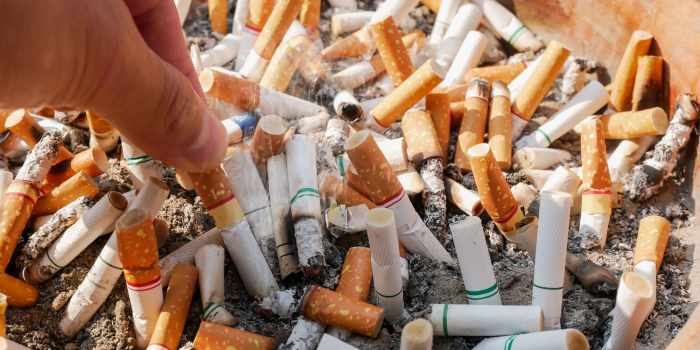The global costs of environmental pollution stemming from plastics in cigarette butts and packaging reach a staggering US$26 billion annually, as revealed by a recent data analysis published in the Tobacco Control journal.
While this may appear modest compared to tobacco’s overall impact on economies and human health, the cumulative and avoidable nature of these costs is a cause for concern, notes the researcher. To assess the worldwide economic toll of toxic waste from tobacco products and better guide tobacco control and environmental protection efforts, the researcher utilized data from public sources such as the World Bank, OECD, The Tobacco Atlas, and the World Wildlife Fund. Cigarette filters, comprising single-use plastic, are a pervasive form of litter globally, yet their environmental costs remain largely unaddressed.
The study factored in the average weight of each plastic filter (3.4 g) and the plastic packaging often discarded with cigarette butts (19 g for a standard pack of 20 cigarettes). Annual and 10-year projections of the environmental economic costs were estimated based on tonnage, considering that cigarette butts take a decade to degrade. The total economic cost comprises cleanup and disposal expenses, adjusted for inflation, of plastic potentially ending up as waste in the sea, landfills, or the environment.

The findings indicate an annual economic cost of around US$26 billion for cigarette plastic waste, with US$20.7 billion attributed to marine ecosystem damage and US$5 billion to waste management. Over a decade, these costs accumulated to a substantial US$186 billion. Despite being a fraction of the annual economic losses from tobacco (US$1.4 trillion) and the significant human toll (8 million deaths annually), the researcher underscores the importance of acknowledging and addressing these accumulating and preventable environmental costs.
The impact is disproportionately borne by low and middle-income countries, where the prevalence of cigarette butts is high, coinciding with higher plastic leakage rates into the environment (estimated between 1% and 14%). Notably, China, Indonesia, Japan, Bangladesh, and the Philippines bear the highest estimated costs of plastic pollution from tobacco products.

Acknowledging the estimate’s conservative nature, the researcher highlights unaccounted factors such as toxic metals and chemicals accumulating in cigarette butts over time, making them more harmful than general plastic waste. Emphasizing the need for fiscal evidence to mitigate tobacco plastic waste pollution, the researcher suggests using these estimates to allocate industry responsibility, including that of the tobacco industry.
Policies aiming to shift cleanup costs to the tobacco industry are under consideration in France, the UK, the European Union, and the USA, signaling a potential shift toward holding industries accountable for the environmental consequences of their products.


